Do you ever wonder what material modal is and how it feels?
With so many types of fabrics available today, it’s easy to get confused. Let’s shed some light on this luxurious textile.
Modal is a semi-synthetic cellulose fiber made from the pulp of beech trees, and it belongs to the Rayon family. While other Rayon fabrics are derived from various types of lumber, modal Rayon is exclusive to beech trees. This fabric was invented to address the environmental concerns and durability issues associated with first-generation Rayon fabrics, such as viscose, cupro, and acetate. But it is not a perfect fabric, as we will discuss in this article, there are some disadvantages of modal fabric.
So what does modal fabric feel like?
It is a soft and breathable material that often has a slight stretch to it. Its thin and lightweight composition gives it a luxurious drape, making it a popular choice for clothing, bedding, and home decor. If you’re interested in buying modal products, we’ve compiled a list of companies that produce high-quality modal fabric goods.

How is modal made?
Modal, like all rayon, is produced by extracting the cellulose out of wood and converting it into fibers. Here is a simplified explanation of the process:
- Beech trees are sustainably grown and farmed for lumber.
- Lumber is converted into wood chips.
- Cellulose is extracted from the wood and transformed into sheets.
- Sheets are soaked in sodium hydroxide, also known as lye or caustic soda. The concentration of sodium hydroxide is much lower for modal than for 1st generation rayon fabrics.
- Sheets are then transferred to a carbon disulfide solution to make an orange viscose liquid called cellulose xanthate. Conscious manufacturers, like Lenzing, properly recycle the chemicals used in these steps.
- The sodium cellulose xanthate is processed with sodium hydroxide to create fibers.
- Fibres are immersed in sulfuric acid and spun into thread.
- Thread is then weaved into cloth.
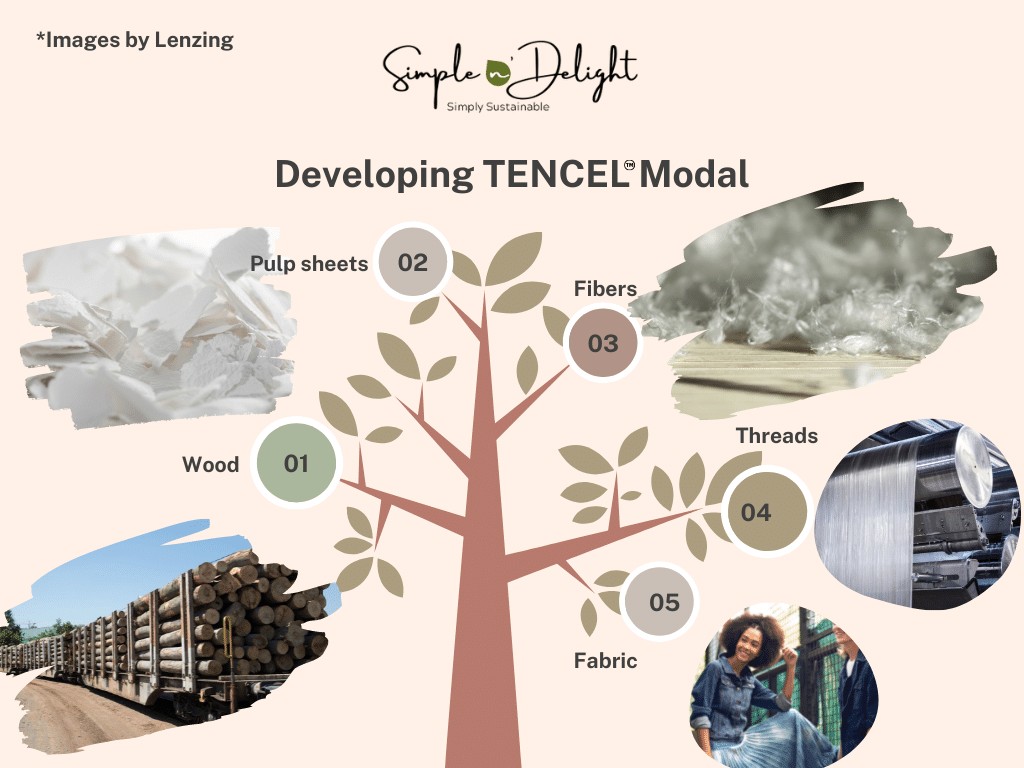
*Lenzing only produces the spools of Tencel threads used to make Modal and Lyocell. Weaving is then completed by the next company purchasing the spools.
WHAT FABRIC IS MODAL?
What does modal feel like?
Modal has a soft, slinky feeling. It feels thinner than cotton and is less likely to wrinkle and shrink. It is often mixed with other fibers such as spandex, elastane, and cotton, Rayon was first developed as an “artificial alternative to” silk, and modal rayon feels comparable to silk in some ways.
Is modal eco-friendly?
Modal can be considered eco-friendly when made under certain conditions.
Conscious companies, such as Lenzing, recycle both the water and sodium hydroxide used in production. Lenzing is the world leader in modal and Tencel rayon fabrics and adheres to strict European environmental regulations.
Another source to consider is the trees that are used in the production of modal. Beech trees that are grown sustainably add to the eco-friendly properties of modal.
What makes modal a burden on the environment is how companies dispose of the chemicals used to manufacture the fabric. Companies with little regard allow sodium hydroxide to be disposed of in water waste, polluting water, the ecosystem, and the environment as a whole.
Companies who do not consider the environment might also procure beech trees in an unsustainable fashion, with little regard for deforestation and the regrowth of natural forests.

Is modal bad for the environment?
Manufactured correctly, modal is good for the environment. The fabric is 100% biodegradable and lasts longer than cotton garments. It does not require dry cleaning, which adds to its eco-friendly properties.
It is a vegan fabric that is cruelty-free when produced sustainably. The production of modal requires less water than most other fabrics.
Modal is also grown from beech trees which are naturally grown in European forests and quickly replenished without the need for pesticides or herbicides as mainstream cotton does.
What can be made of wood fibers?
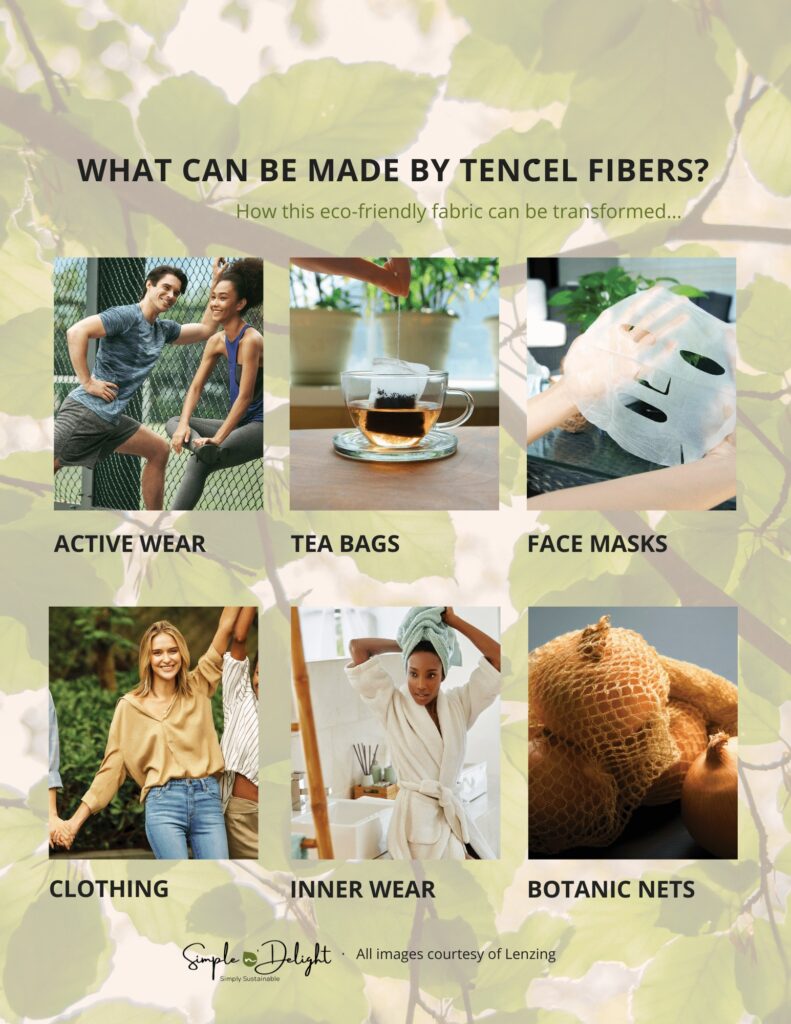
Because of modal’s soft, breathable, and flexible fabric, we often find modal in loungewear such as pajamas, underwear, T-shirts, and activewear. Many slow fashion companies are adopting modal more and more as a sustainable, eco-friendly option.
Is modal stretchy?
Yes, modal fabric is often stretchy. Modal fibers are known for their elasticity and flexibility, which means that they can be stretched and bent without losing their shape. This property makes modal fabric an excellent choice for clothing that requires some degree of stretch or draping, such as dresses, skirts, and tops. However, the amount of stretch in modal fabric can vary depending on the specific type and quality of the fabric, as well as the manufacturing process used to produce it.
What is the best season for modal?
Modal is stretchy, breathable, and lightweight making it the perfect fabric for summer. It is also a fabric that is very absorbent, and great for sleeping in hot climates or sweating.
What is a better option than modal?
From an eco-friendly perspective, Tencel/Lyocell Rayon is a better option for the environment. As a third-generation rayon, it uses only non-toxic organic compounds to turn the wood into fabric. The wood used in Tencel/Lyocell can be from a variety of different sustainable sources such as bamboo, and eucalyptus. One of the downsides to Tencel is that it is usually a thicker fabric.
What are the disadvantages of modal fabric?
There are a few disadvantages of modal fabric:
- A disadvantage of modal fabric is that unless you are buying from a transparent company, it is difficult to assure proper eco-practices in manufacturing modal fabric.
- Another disadvantage of modal fabric is more costly than cotton because there is more that goes into producing it.
- A similar disadvantage of modal is that it still uses toxic chemicals in the production of the fabric.
- Some find that a disadvantage of modal is that it is not great as winter wear since it does not hold onto heat well.
- Depending on how you wash and treat your clothing, a disadvantage of modal may be that it is not be as durable as some other fabrics.
- For those who are sensitive, a disadvantage of modal may be that some people may be sensitive to the chemicals used in the manufacturing process of modal, such as sodium hydroxide and carbon disulfide.
What material is modal? Is modal better than cotton?

Modal is better than mainstream cotton in many respects. Modal requires less water than the production of cotton does, as does sustainable fashion. Cotton crops account for 2.5% of the world’s crops, yet use 75% of the global pesticides and herbicides. Cotton is a very dirty crop.
In terms of wearability, modal is softer than cotton and more water-absorbent than cotton. It is cooler and better for the summer than cotton is. Modal also has a smooth silky finish and drapes well over skin.
Modal is more costly than cotton, yet is more durable, withstanding more washes without rips, tears, and pills.
6 Green Companies Who Do it Best
Some of the links in the article are affiliate links, if you buy something through our links, we may earn a commission. Simple n’ Delight is affiliated with the Amazon Associate program and earns from qualifying purchases with the links provided in this article.
Urban Kissed

Urban Kissed sells many items containing modal from various brands. The website is a slow and ethical marketplace, making sure that items are sustainably sourced and adhere to proper environmental guidelines. This website is the perfect stop for modal, from pants, to bras, to bodysuits. There are over 100 items containing sustainably sourced modal.
Urban Kissed Green Footprint
Urban Kissed sustainably sources all items that they sell, making sure that materials are good for both the earth and the consumer. All shipments are made in a free carbon-neutral way, offsetting greenhouse gasses by planting trees. Urban Kissed has a tree-planting initiative in Madagascar to make the world greener and healthier for us all.
Tamga Designs
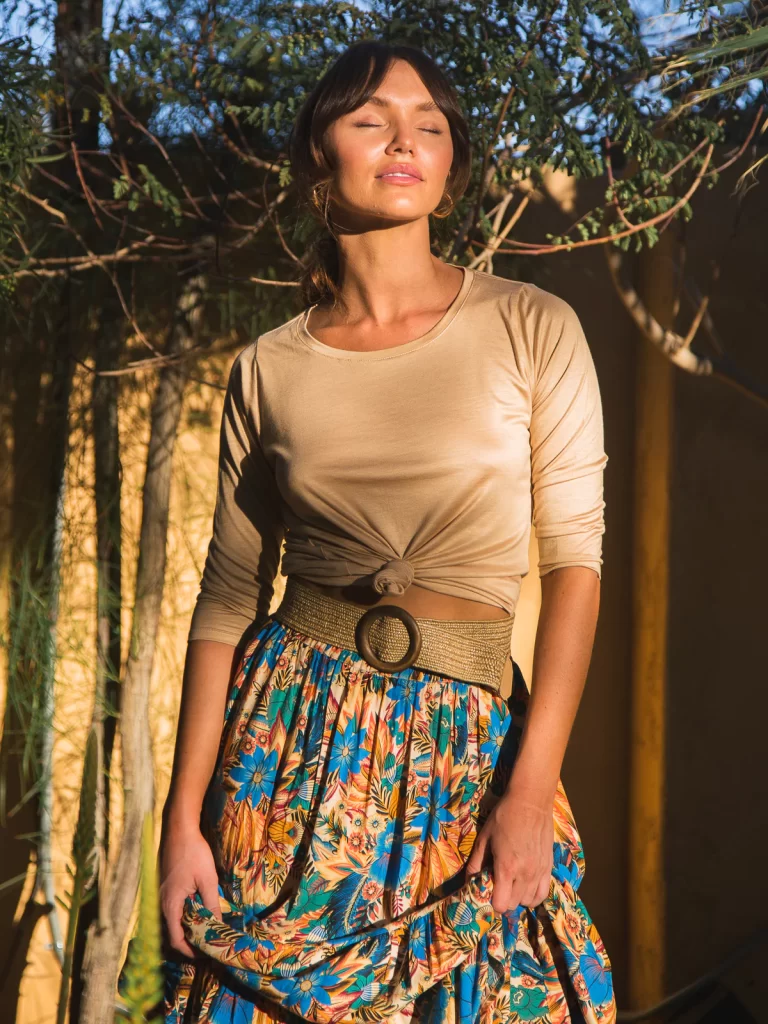
Tamga Designs makes comfortable shirts and dresses out of modal. They sustainably manufacture out of Bali, and have some other very unique and bright designs.
Tamga Designs Green Footprint
Tamga Designs offers 1% for the planet on all items sold. They procure ethically sourced materials from chemical usage, to water, emissions, energy, and wages for garment workers. The modal used is by Lenzing, which assures us that it is ethically grown and distributed.
Sijo
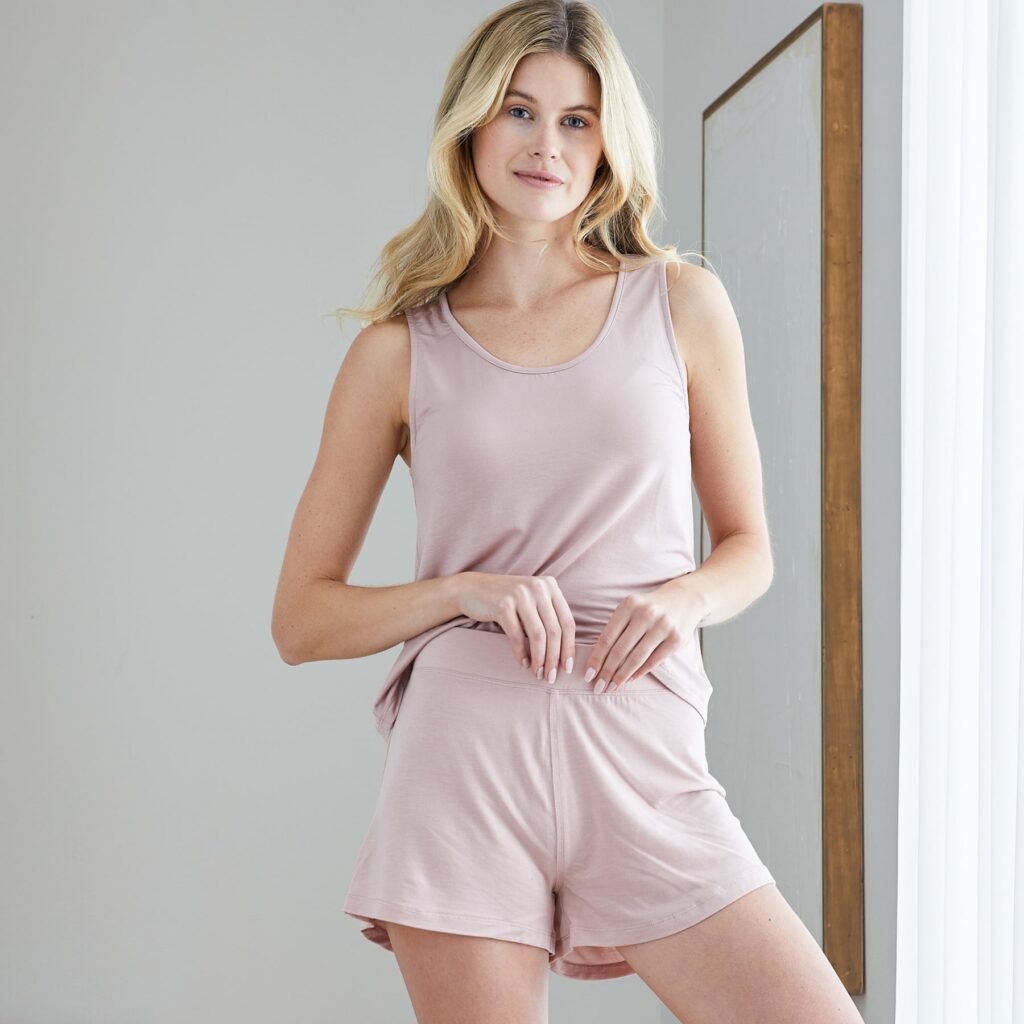
An even better close cousin to modal is lyocell. Sijo makes perfectly lightweight, moisture-wicking, and soft pajamas! Sijo Tencel pajamas are perfect for warm summer nights. The material is both stretchy and form-fitting, giving you room to move throughout the night. The TENCEL fiber is breathable and can double as casual streetwear.
Sijo Green Footprint
Sijo also sells Sustainable Home Furnishing like linen sheets, eucalyptus sheets, and essential oils. Sijo utilizes eucalyptus as their fabric of choice for pajamas, making it an even greener choice. The dyes used in the production of their garments are not non-toxic. They buy responsibly farmed eucalyptus and aim to reduce water consumption throughout production.
Tentree

Tentree makes some very nice modal casual garments to go with almost anything. We love the cropped tanks which are a staple for all year round wear. They also sell Lyocell, a close cousin to modal.
Tentree Green Footprint
Tentree got its creative name because of their commitment to the earth to plant 10 trees for EVERY item sold! They have committed to their eco-initiatives by sourcing proper materials for all of their clothing. They sell garments made of organic cotton, recycled polyester, natural fibers, and of course modal and Tencel Lyocell. Our favorite part is how they detail the water saved, CO2 saved, and waste saved in the listing of EVERY item! This company should be a model for others in the world!
Zappos
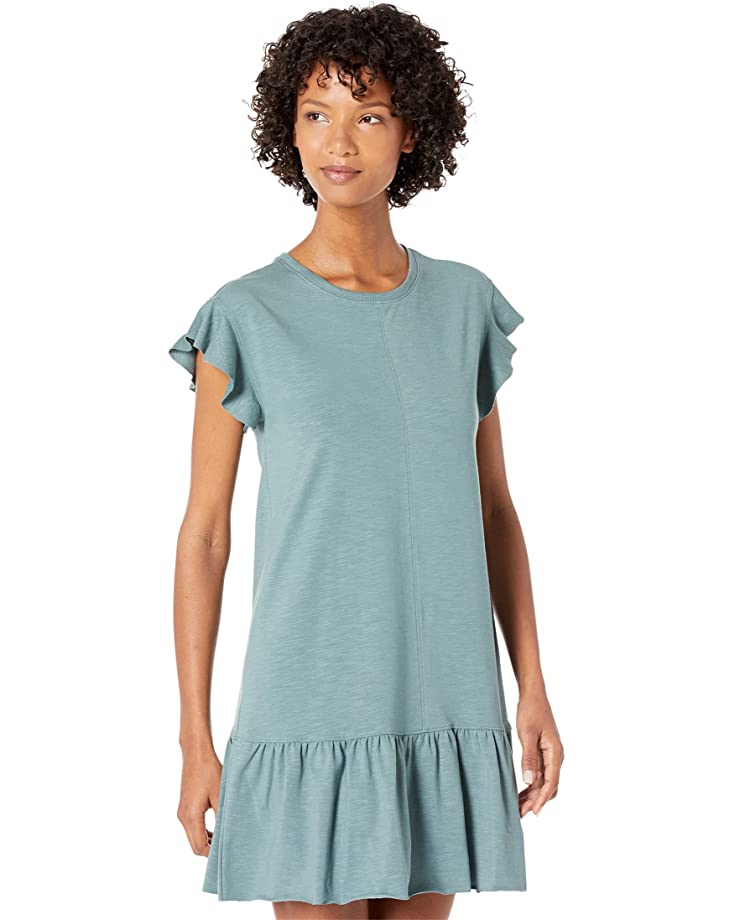
Want a one-stop-shop for everything modal? Zappos is your go-to. These days it’s more than just shoes. With hundreds of modal products, Zappos has cozy modal pants, shirts and bras. They offer attractive prices and often have many sales if you’re looking to cut costs. There are many brands to choose from, most procuring their modal from Lenzing/Tencel.
Zappos Green Footprint
Zappos carries a variety of brands, and so we could not verify the green footprint of each and every one. Zappos currently does not detail an environmental plan, so we urge you to look into the sustainability of the brands you choose from Zappos before making a purchase.
Lululemon

Lululemon makes some of their apparel with a modal blend. The most common garments made with modal are casual wear rather than active wear. They are soft, stretchy and easy to wear everyday. Modal holds dye very well, and so the colors are vibrant and rich.
Lululemon Green Footprint
Lululemon has grown very well into their sustainable journey. The company details their global impact in a 42 page document on their website. Their three main pillars of sustainability have been carefully packaged as “be well”, “be human”, “be planet”. Lululemon not only focus’ on the sustainable materials used in their products, but also carefully examines workers, waste, and wellbeing as important goals to work towards.



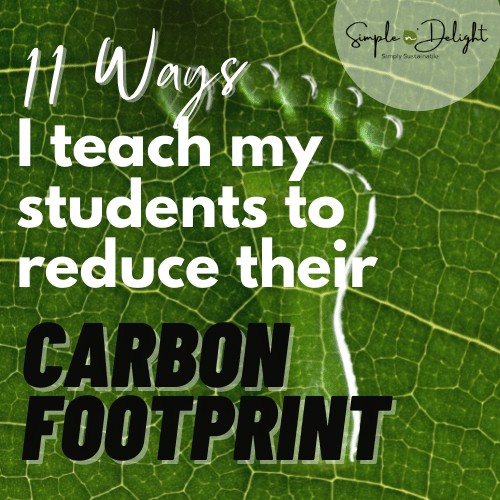
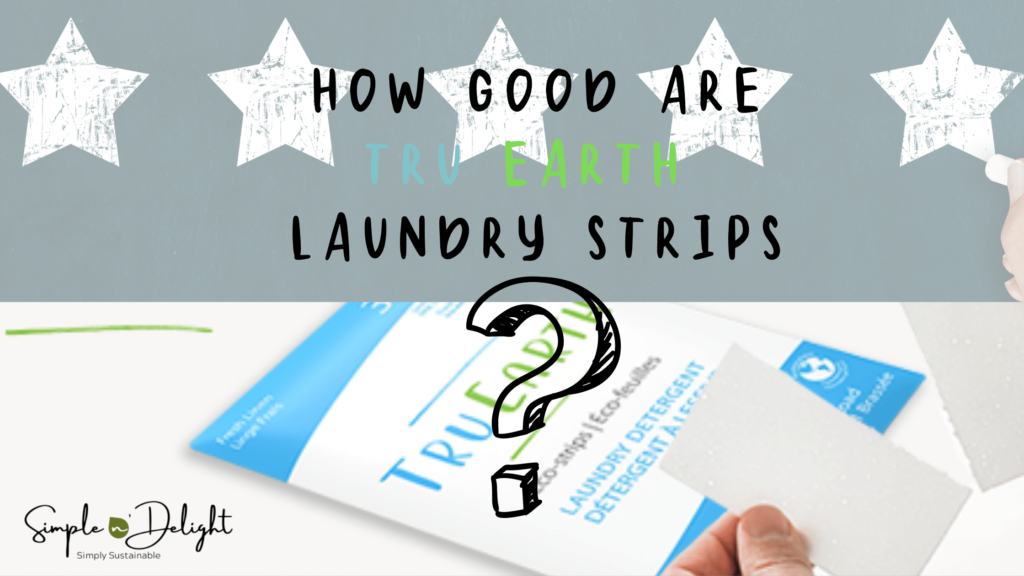
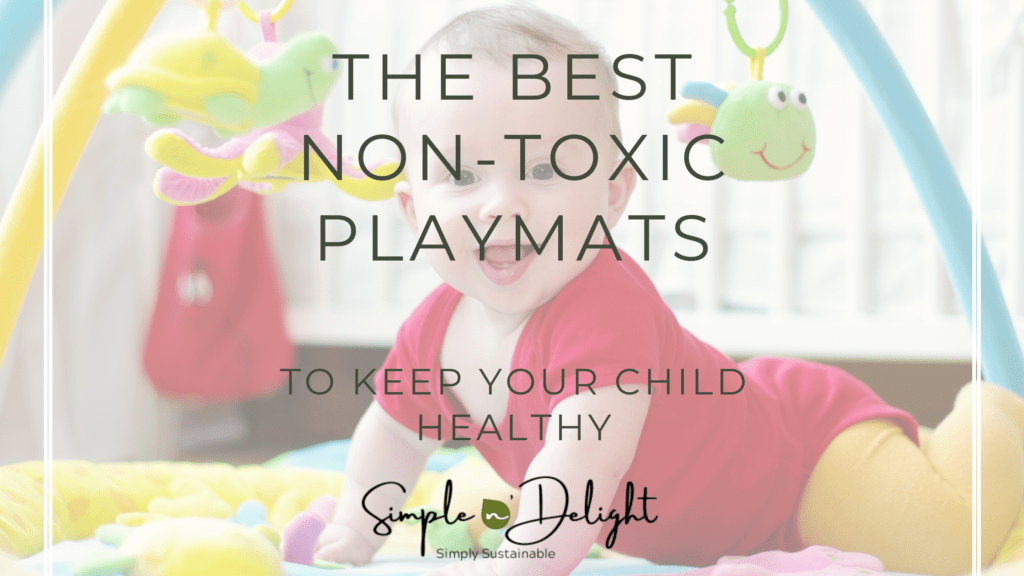


7 Responses
I had no idea! Thanks for the info
Very informative and lots of options! My daughter will love this!
That’s awesome and didn’t know it’s better than cotton. Very informative post and learned a lot about modal.
What a great article. I support green companies.
Great recommendations and inspiration..it’s important to be sustainable..
I have never heard of Modal! It sounds like an overall, great fabric to use. I also really like the designs of the clothing from Tamga Designs!! Thank you for sharing, this was really informative 🙂
Oh my goodness those pajamas look so soft and comfortable. What a great post. I had no idea how this material was made and it blew my mind! Thanks for sharing it with us 🥰